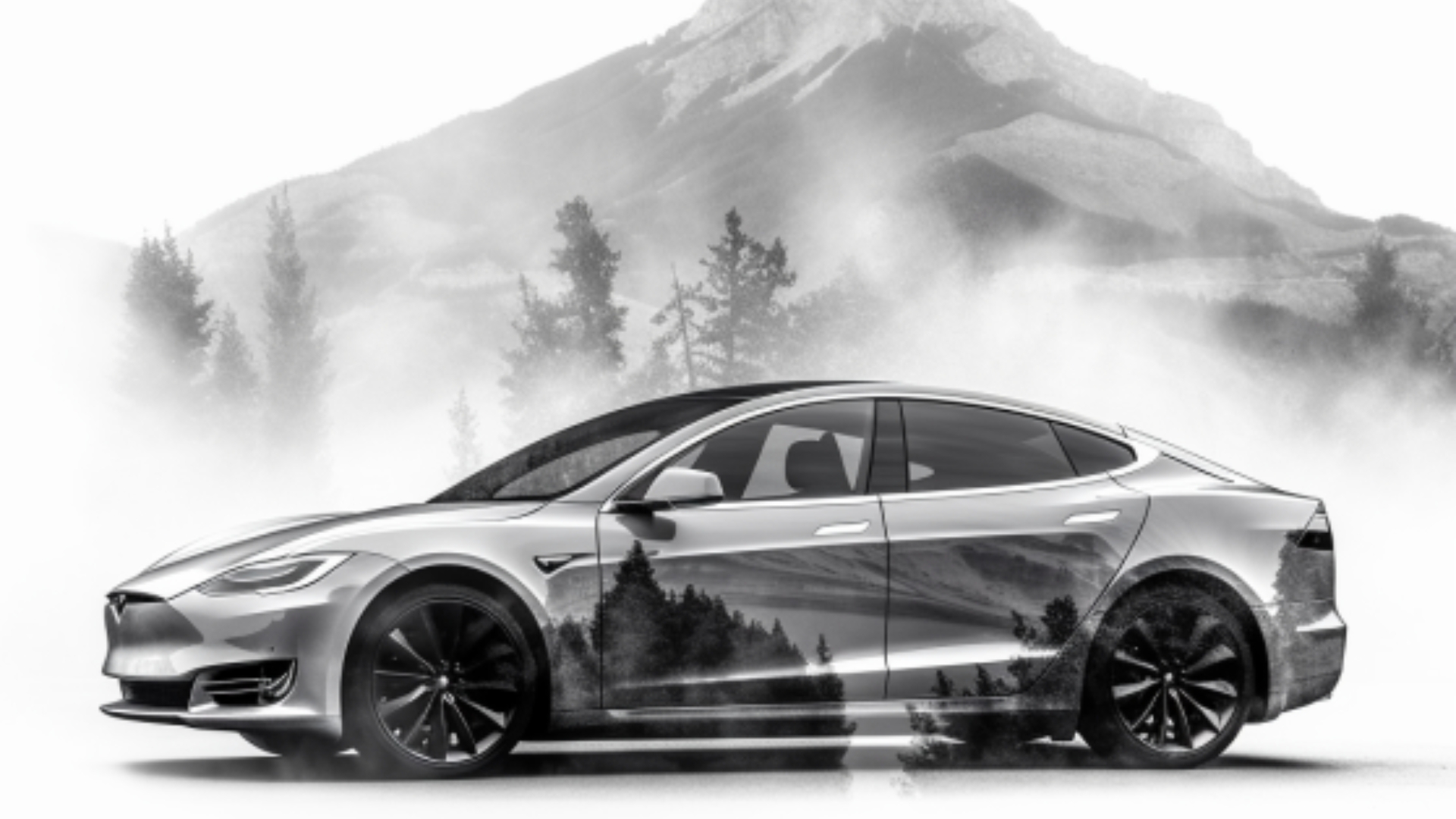Discover what can make EVs overheat and how to tackle this challenge. Learn tips to keep your EV cool during hot weather and protect your battery. Understand the safety of charging an EV in the rain and the precautions you can take.
Electric vehicles (EVs) are known for their eco-friendliness and efficient operation, but did you know that they can still face overheating issues? Despite not relying on combustion engines, EVs can generate heat, primarily from their batteries.
In this informative article, we’ll explore the reasons behind EV overheating, how engineers tackle this challenge, and some tips to help you keep your EV cool during hot weather.

Heat generation in EVs
While electric engines in EVs do generate some heat, it’s the batteries that are the main culprits. Charging and discharging the batteries produces heat, with the intensity depending on the amount and speed of electricity flow. As EV batteries continue to grow in size, effectively managing their temperature becomes increasingly crucial.
Cooling systems for EVs
To address this challenge, modern EVs are equipped with air cooling systems for battery cooling inspired by those used in internal combustion engines. One common approach is a water coolant system that circulates water through channels between the cells of the lithium-ion battery pack. As the water flows, it absorbs heat, helping to maintain optimal battery temperatures.
Overheating on hot days
On scorching summer days, EVs face additional difficulties in regulating battery temperature. The high ambient temperature makes it harder for the cooling system to dissipate heat effectively.
Consequently, EVs may need to run their water pumps at higher speeds to extract more heat from the battery pack. While this is generally manageable, it can result in a reduced overall range due to increased energy consumption.
Protecting your battery
Charging your EV’s battery pack on extremely hot days can potentially affect its lifespan. Fortunately, many modern EVs are designed with intelligent charging systems that adjust voltage levels based on battery temperature.
This feature helps prevent damage from excessive heat. However, if your EV does not have this function, consider charging your vehicle during cooler evening hours to minimize heat-related stress on the battery and prolong its longevity.
In addition to mindful charging, there are other steps you can take to keep your EV cool during sweltering days.
Whenever possible, park your EV in shaded areas to reduce exposure to direct sunlight. This simple action can significantly lower interior and battery temperatures. If you are able to reduce the use of air conditioning, this can help to keep the vehicle range from dropping too quickly.
Use pre-conditioning
Take advantage of your EV’s pre-conditioning feature to cool down the cabin before you start your journey. This ensures a more comfortable environment and reduces strain on the cooling system.

Plan for breaks
If you’re embarking on a long trip during hot weather, consider adding regular breaks to your itinerary. This allows the EV’s cooling system to catch up and maintain optimal battery temperature.
While electric motors offer numerous benefits, it’s essential to understand that they can still face overheating challenges, primarily related to battery temperature. With advanced cooling systems inspired by traditional engine designs, engineers are continuously improving EV performance in hot conditions.
By following the tips mentioned above and staying mindful of battery temperature, you can ensure your EV operates optimally, even during scorching summer days. So, stay cool and continue to enjoy the sustainable and efficient ride that EVs provide.
NTC thermistors are temperature-sensitive devices that help monitor and control temperature in EVs and provide valuable data for effective thermal management for an improved battery life.
The future
EVs are rapidly evolving, with advancements in battery technologies and powertrains enabling longer driving ranges. Achieving higher energy efficiency is a key focus for future EV development. New technologies, such as hydrogen fuel cells in hybrid systems or hydrogen fuel cell EVs (FCEVs), hold promise for further enhancing the performance and range of EVs.
Temperature measurement plays a critical role in maintaining the performance, efficiency, and safety of EVs. NTC thermistors provide precise and reliable temperature monitoring for various sub-systems, ensuring optimal operation and preventing overheating risks. As the EV industry continues to advance, innovations in temperature management technologies will contribute to the ongoing evolution of electric mobility.
Many electric vehicle (EV) owners may wonder if it is safe to charge their cars in the rain. With concerns about water and electricity, it’s essential to understand the facts.
Safety of charging in the rain
Modern EVs are designed to be used in all weather conditions, including rain. Electric vehicle cables and chargers are weatherproof and undergo strict testing to ensure protection against electric shocks. Compliance with safety standards by manufacturers and installers ensures the waterproofing of charging equipment.
While EV charging stations are inherently safe, there are some precautions you can take to enhance safety.
Avoid using domestic multi-socket extension leads for charging. Opt for outdoor-use extension leads if necessary, and reserve standard three-pin plugs for emergency use only.
Purchase charging cables from reputable retailers or manufacturers who adhere to UK safety standards and regularly inspect cables for wear and tear,
The Cold
Driving electric cars in cold weather comes with some challenges for the battery. The cold affects battery performance, reducing range.

Cold weather impacts EV batteries because they rely on chemical reactions to store and release electricity. Commonly used Lithium-ion batteries’ reactions slow down in the cold, resulting in the loss. For example, the range could drop by 20% when temperatures drop to 5°C and below.
For many drivers with short commutes, the reduced range may not be a concern, especially if they can charge at home or work. One way to help out your battery is to pre-condition the car’s cabin and battery whilst the vehicle is plugged in.
Charging speeds can also be slower in extreme weather, but it’s worth remembering that traditional petrol and diesel cars also experience efficiency declines in chilly conditions also.
